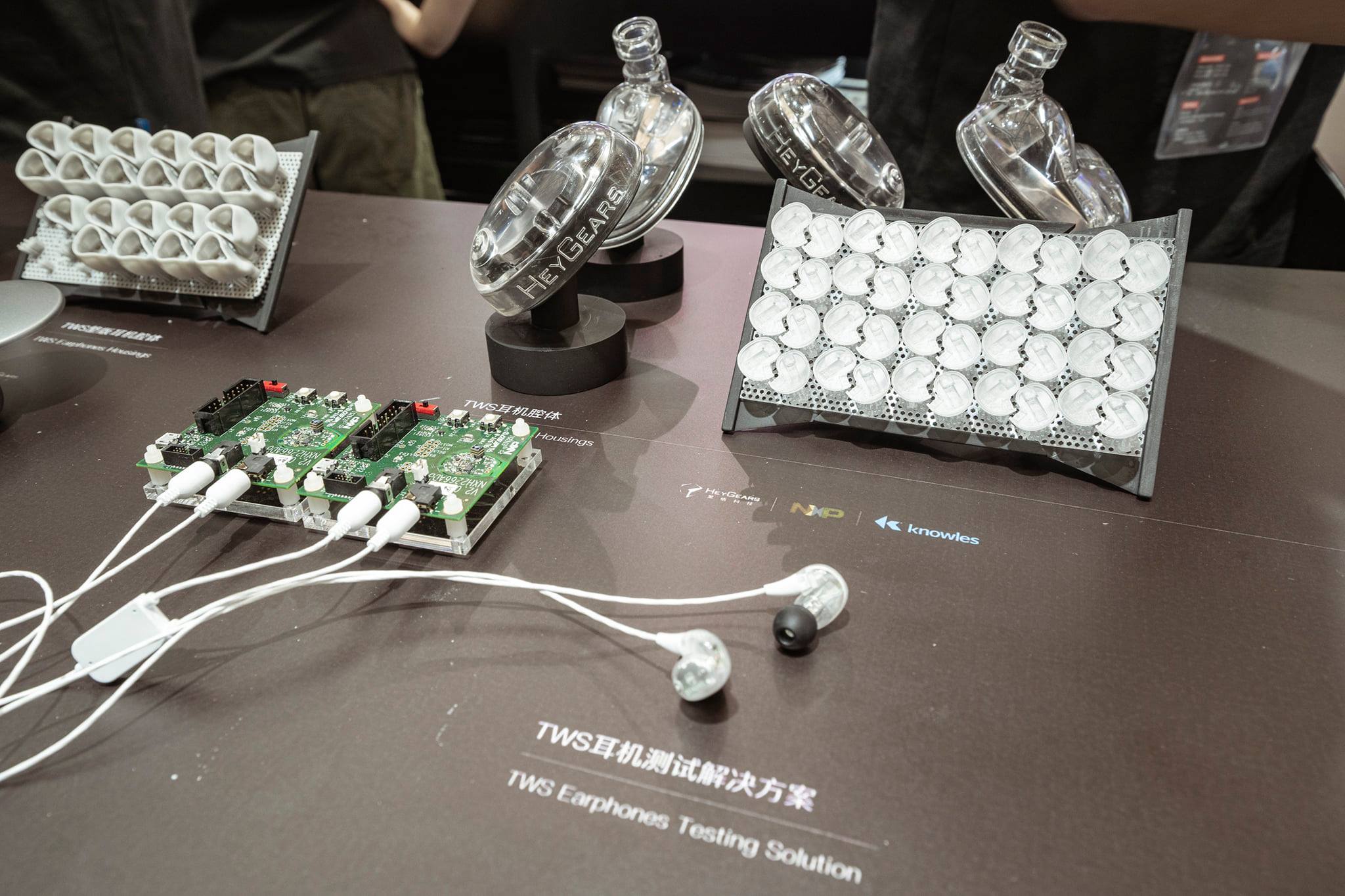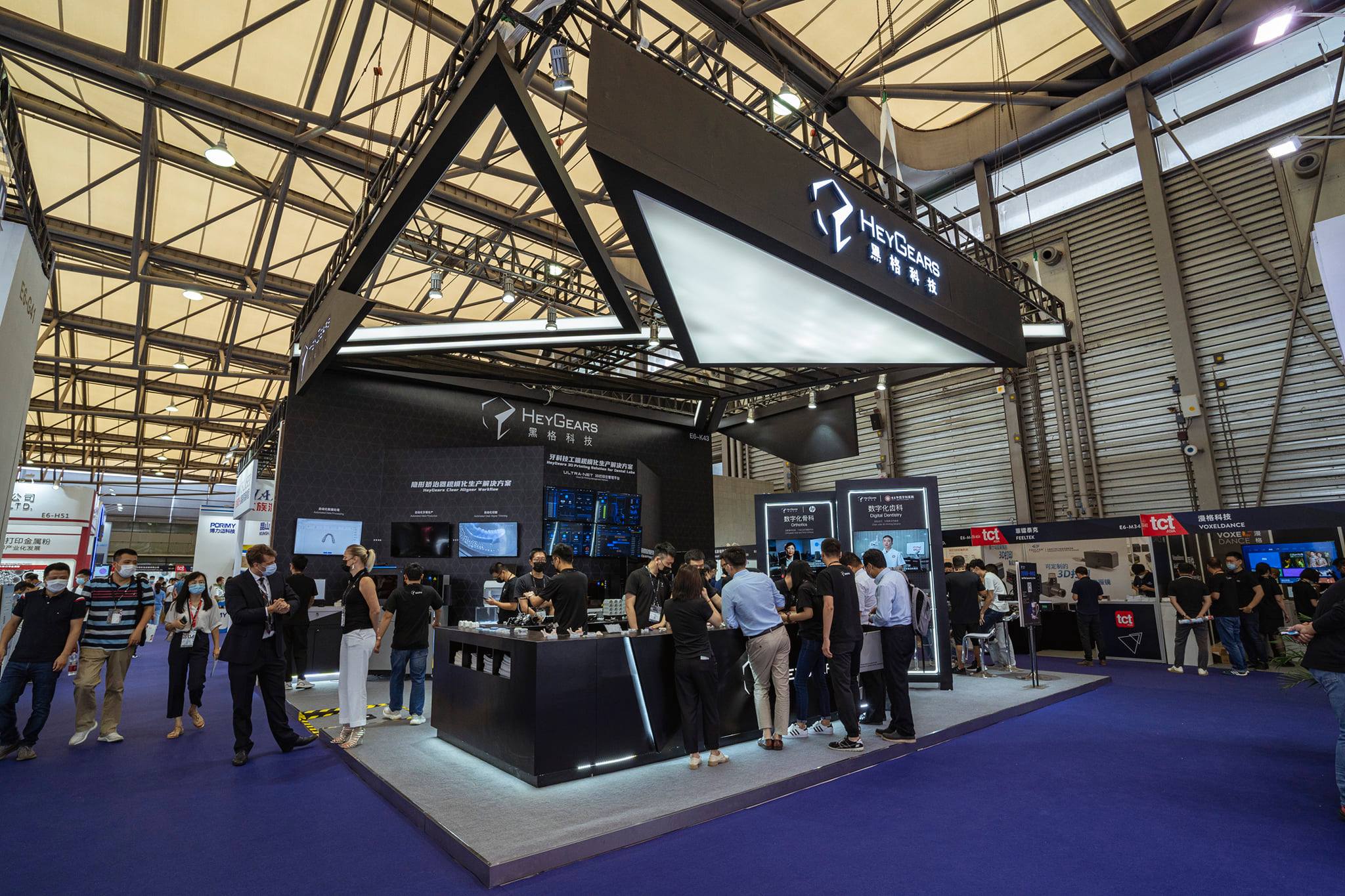Are 3D Printed Headphones Finally Here? Moondrop’s 3D Printed Earbuds for Professional In-Ear Monitoring
Founded in 2015, China-based Moondrop initially developed earbuds and in-ear headphones. Having had some initial success with products such as ‘VX’ and ‘Liebesleid’, the company gained a reputation for high performance earbuds, and in 2017, Moondrop began producing In-Ear Monitors (IEMs), the most popular of which was its ‘Kanas’ series.
IEMs are high-precision ear buds that sit deeper in your ear canal and were typically used by audio professionals and musicians, or in hearing aids. They were typically very expensive to produce due to expensive components such as the balanced armature. Yet, as manufacturers in China began mass producing these, the technology became increasingly accessible and affordable for small and medium businesses and electronic component suppliers. With 3D scanning and printing technologies, custom IEM manufacturers were now able to independently source or produce acoustically optimized ear-shell shapes, using transparent medical grade resins with an accuracy and durability that was previously impossible.
The software, hardware and ecosystem for custom 3D fitting and printing of earbuds or IEMs was just not as mature then, as it is now. For custom fits, customers would need to consult an audiologist to develop safe silicon moulds for each ear. Soon, 3D scanning devices, apps, and other digital solutions emerged that made developing the custom 3D scan and mold easier. Yet these lacked consistency and precision required to truly differentiate the consumer experience over traditional products, and luxury earphones using high-end metals with premium prices, some over $40,000, never quite caught on.
While companies such as Normal and OwnPhones were early to exploit the space in the 3D printed earbud market, the consumer 3D printing bubble burst in 2014, as either such products were too expensive for their value-add over traditional products, or the software, scanning or hardware solutions resulted in a cumbersome or unsatisfactory experience for the consumer. In addition, the value proposition of custom earphones was not the same for audio consumers as it was for those patients seeking medical hearing aids.
Yet today, IEMs have grown in popularity, and as the economics, incentives, and performance of resin 3D printing has improved (such as Formlabs recent partnership with 3Shape), high quality IEMs have become increasingly available at more affordable price points. This in-turn fuels greater demand among consumers for such devices that deliver a distinct, professional audio experience. Moondrop’s Blessing 2 is the latest example of this: professional quality at a lower price point than comparable $1000 IEMs. In fact, some reviews claim the $320 Blessing 2 may redefine the benchmark for IEMs with performance comparable to flagship IEM’s that cost over $2000.
The Blessing 2 uses mass-produced IEM components from Heygears Technology (China), where high-precision, industrial DLP technology, with medical grade resins, is used, among other applications, to manufacture complex ear shells and in-ear structures with high transparency, hardness, precision (resolutions up to 25um) and accuracy. Heygears, founded in 2015 by engineers from the University of Illinois Urbana-Champaign (UIUC), provides specialized 3D printers and digital intelligent manufacturing solutions for the dental, consumer electronics, orthopedic and medical sectors.
In the consumer audio industry, the company is also known for supporting the production of arguably the first mass produced, 3D printed quad balanced armature IEM, the FA7. HeyGears is also the first 3D printing company in the industry to collaborate with Alibaba Cloud AI, and using these algorithms, is able to deliver higher quality prints in 40% less time. It is because of this 3D printing expertise that IEM manufacturers, such as Moondrop in China, can bring distinctly better sound consistency between pairs of IEMs, and ensure an accurate seal within the ear, for greater control over internal or external sound filtering and resonance.
It’s consumer products such as these that show the scale and breadth of impact 3D printing brings to the audio industry, since it not only helps transform sound quality, but also supports the development of innovative sound structures or materials inside or outside the ear, ensures customizability of fit or feature, and introduces a highly flexible, more efficient digital workflow into the traditional audio device manufacturing value chain.
Subscribe to Our Email Newsletter
Stay up-to-date on all the latest news from the 3D printing industry and receive information and offers from third party vendors.
You May Also Like
Further Understanding of 3D Printing Design at ADDITIV Design World
ADDITIV is back once again! This time, the virtual platform for additive manufacturing will be holding the first-ever edition of ADDITIV Design World on May 23rd from 9:00 AM –...
3D Printer Maker EVO-tech Reborn as NEVO3D — Once More With Feeling
EVO-tech was a 3D printing service and original equipment manufacturer established in 2013 and based in Schörfling am Attersee, Austria. The company produced high-quality material extrusion systems featuring linear bearings,...
3D Systems Brings 3D Printed PEEK Cranial Implant to the U.S. with FDA Clearance
For more than 10 years, 3D Systems (NYSE:DDD) has worked hand-in-hand with surgeons to plan over 150,000 patient-specific cases, and develop more than two million instruments and implants from its...
CDFAM Returns to Berlin for Second Annual Symposium
The second CDFAM Computational Design Symposium is scheduled for May 7-8, 2024, in Berlin, and will convene leading experts in computational design across all scales. Building upon the first event...


































